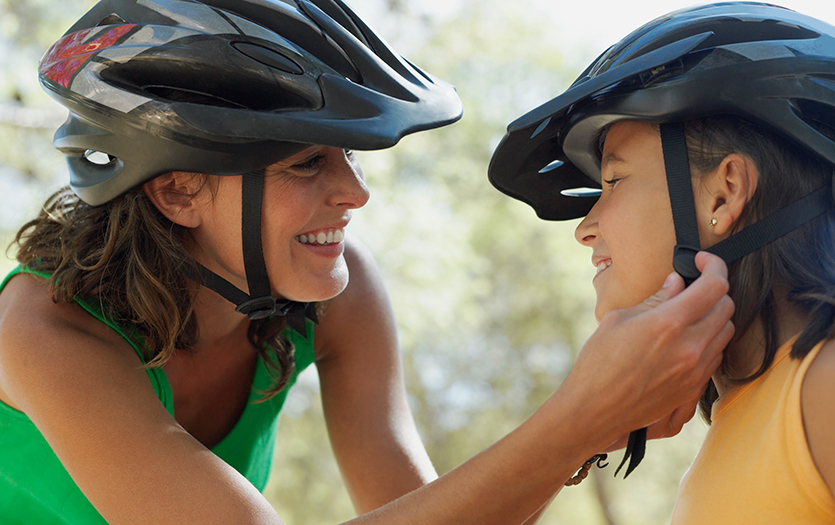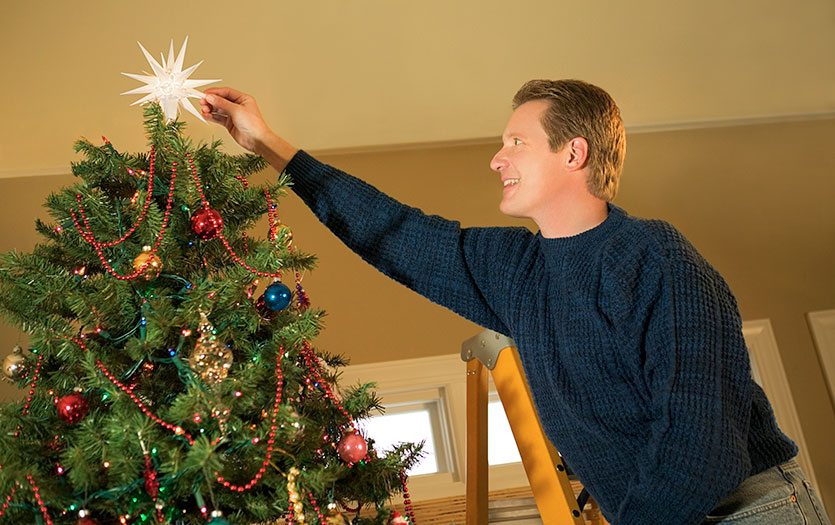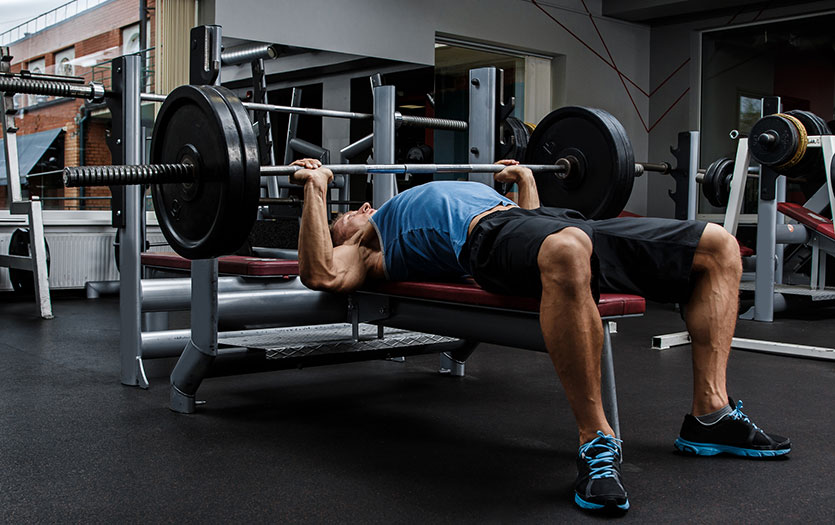
This post was written based on an appearance by Kyle Littell, MD, Physical Medicine and Rehabilitation, Section Chief, Parkview Health, on the program PBS Healthline.
Biking is a fantastic family activity that offers exercise and quality time together. Whether your child is just beginning or already loves to ride, prioritizing their safety is essential. In this post, we'll delve into the importance of recognizing the signs of a concussion and guide you on how to choose the right helmet for your child.
Concussions and head injuries
Children are naturally more active than adults, engaging in activities like recess, physical education, intramural sports and other forms of play. While minor scrapes and bruises are a normal part of growing up, what may seem like a simple bump on the head could be a much more severe injury.
A concussion or mild traumatic brain injury (TBI) occurs when a blow to the head or body or a fall causes the brain to shake, leading to bruising, swelling or tearing of soft tissue. Even a mild brain injury can disrupt a child's normal brain development, potentially having a long-lasting impact on their capacity to stay on par with their peers.
Symptoms
Recognizing the symptoms of a concussion can make a significant difference in the recovery process. While losing consciousness does not always accompany a concussion, feeling dazed or confused is a common sign following a TBI. Other symptoms to watch out for include:
- Headache
- Cognitive slowing
- Balance issues
- Nausea
- Vision problems
- Sensitivity to light or noise
- Difficulty concentrating
- Memory problems
- Uncharacteristic emotional lability
- Irritability
Parents should monitor their children closely after a fall or impact, even if they initially appear fine. Symptoms can sometimes take hours or even days to appear. If your child has experienced a head injury, don’t hesitate to contact their primary care provider or pediatrician for guidance on the next steps.
Bike helmet anatomy
Bike helmets protect the head by absorbing and dispersing the force of an impact. The outer shell, typically made of hard plastic, is engineered to shatter or break when met with a significant force. The interior, made of a spongy foam substance, acts like a cushion and helps spread out the impact of the blow across the helmet's surface instead of transmitting the force through it.
This effectively diminishes the likelihood of experiencing severe injury in a bicycle accident. Research from the American College of Surgeons reports that wearing a helmet reduces the risk of head injury by 48%, traumatic brain injury by 53%, facial injury by 23% and fatal injury by 34%.
Selecting the proper fit
While many unique designs may catch your child's eye, from unicorns to racing stripes, always assist them in fitting and wearing their helmet correctly.
When selecting a helmet for your child, consider the following tips:
- Certification - Look for helmets that meet the bicycle helmet safety standards of the U.S. Consumer Product Safety Commission (CPSC). You can confirm this by checking the label inside the helmet.
- Visibility - Brightly colored helmets with reflective elements can increase your child's visibility to motorists.
- Comfort - Ensure the helmet is comfortable enough for your child to wear for extended periods.
- Adjustability - Helmets with adjustable straps and fitting systems can provide a more secure and customized fit.
For a secure and comfortable fit for all ages, follow these guidelines:
- Eyes - The helmet should sit level and rest low on the forehead, one to two finger widths above the eyebrows.
- Ears - Ensure the straps are even and form a "Y" under each earlobe. They should lay flat against the head.
- Mouth - The chin strap should be buckled, with enough room for you to insert a finger between the buckle and the chin.
Visit the Parkview Safety Store at the Carew Medical Building for assistance in finding safety-certified bike helmets for children and adults.
Final thoughts
Whether riding on the trails or just the sidewalk at home, wearing a properly fitted helmet is the most effective way to prevent head injuries from bicycle accidents. Educating children about helmet use and setting a positive example yourself can instill lifelong safety habits and significantly reduce the risk of serious injury within your family.



